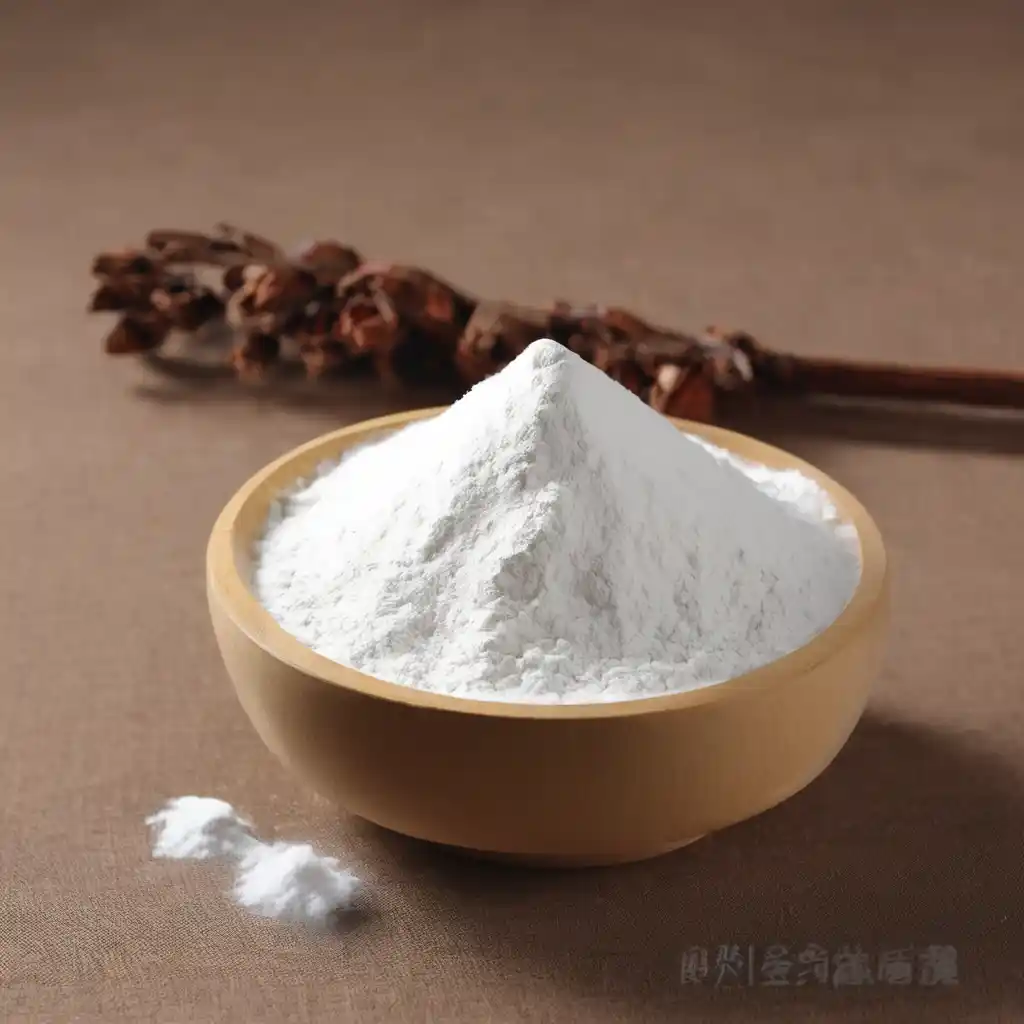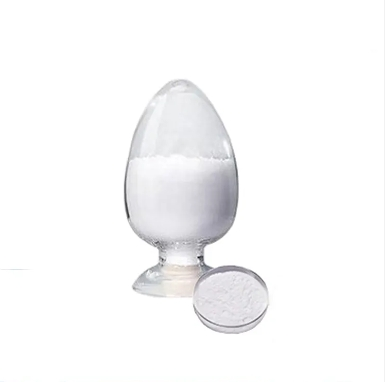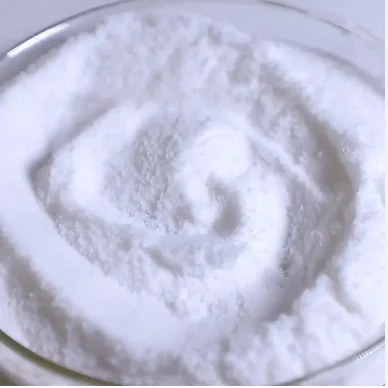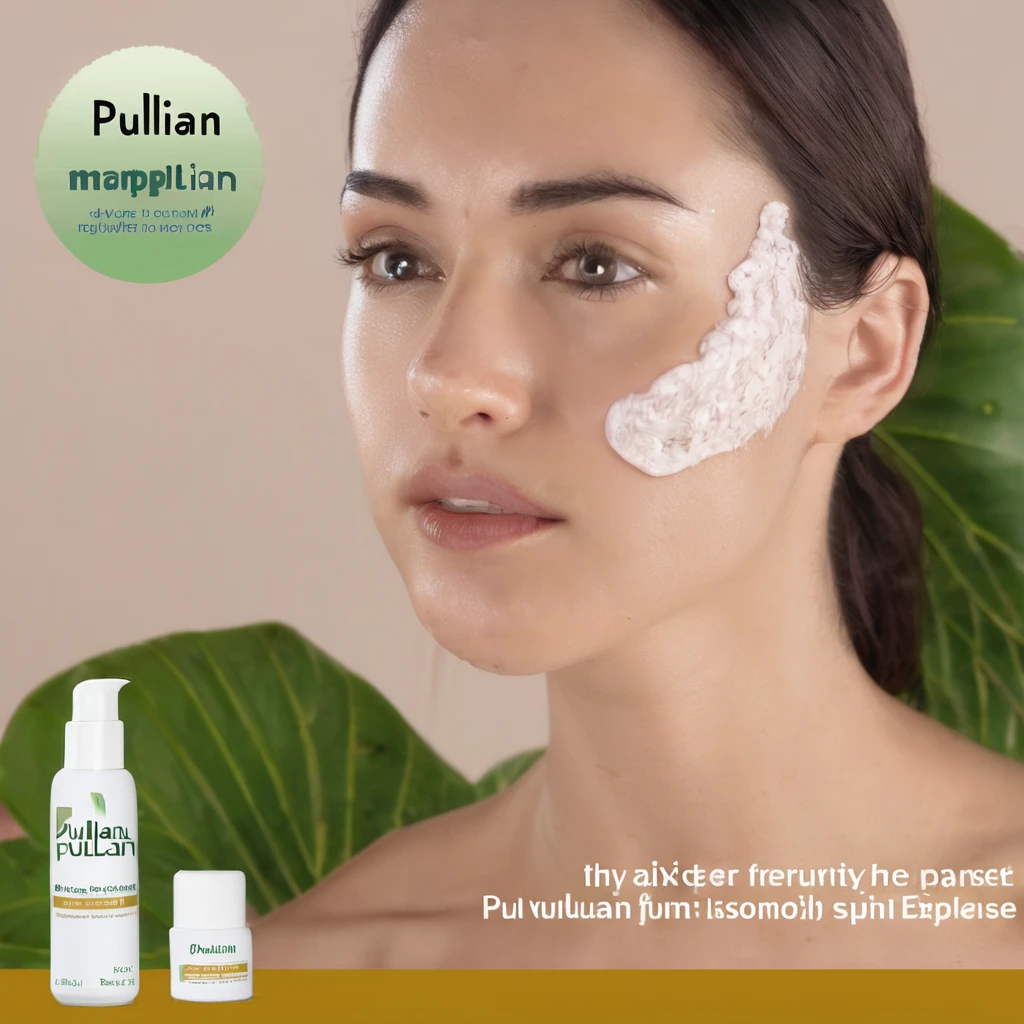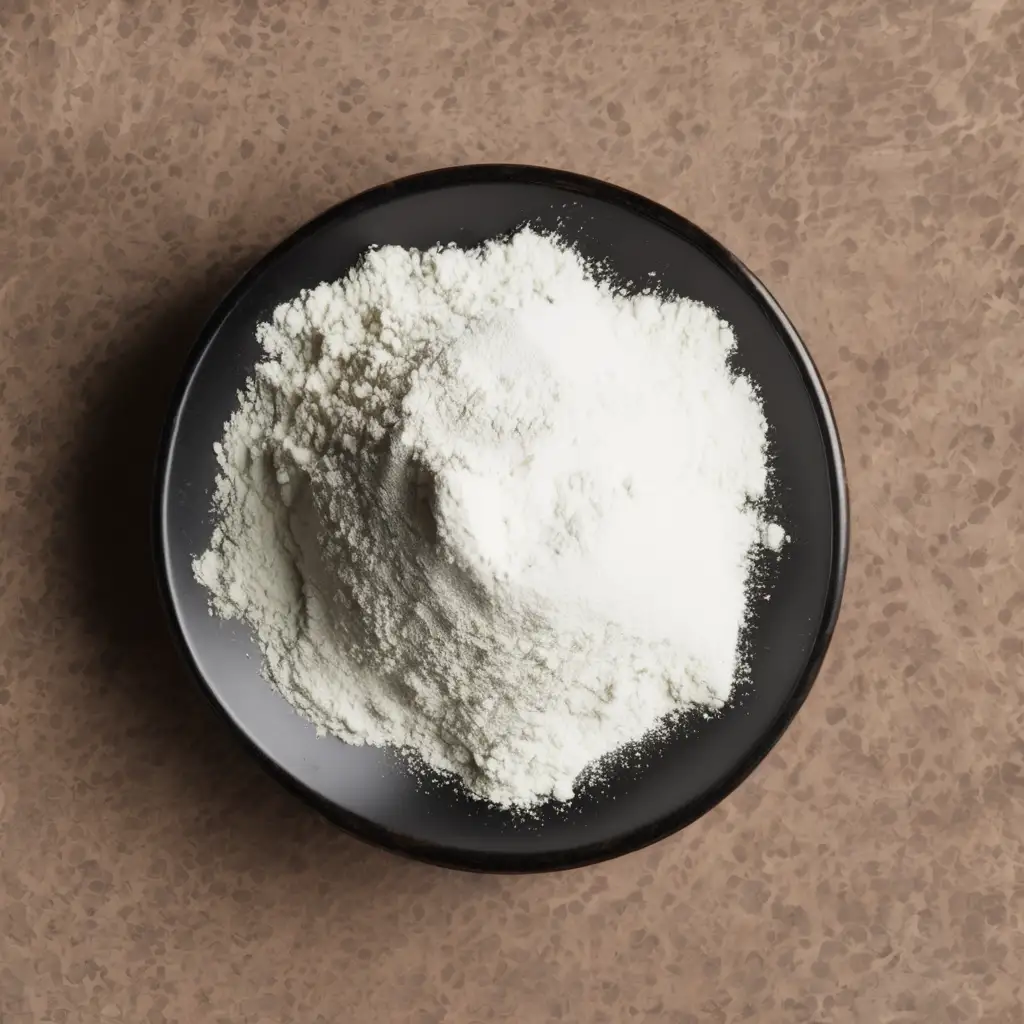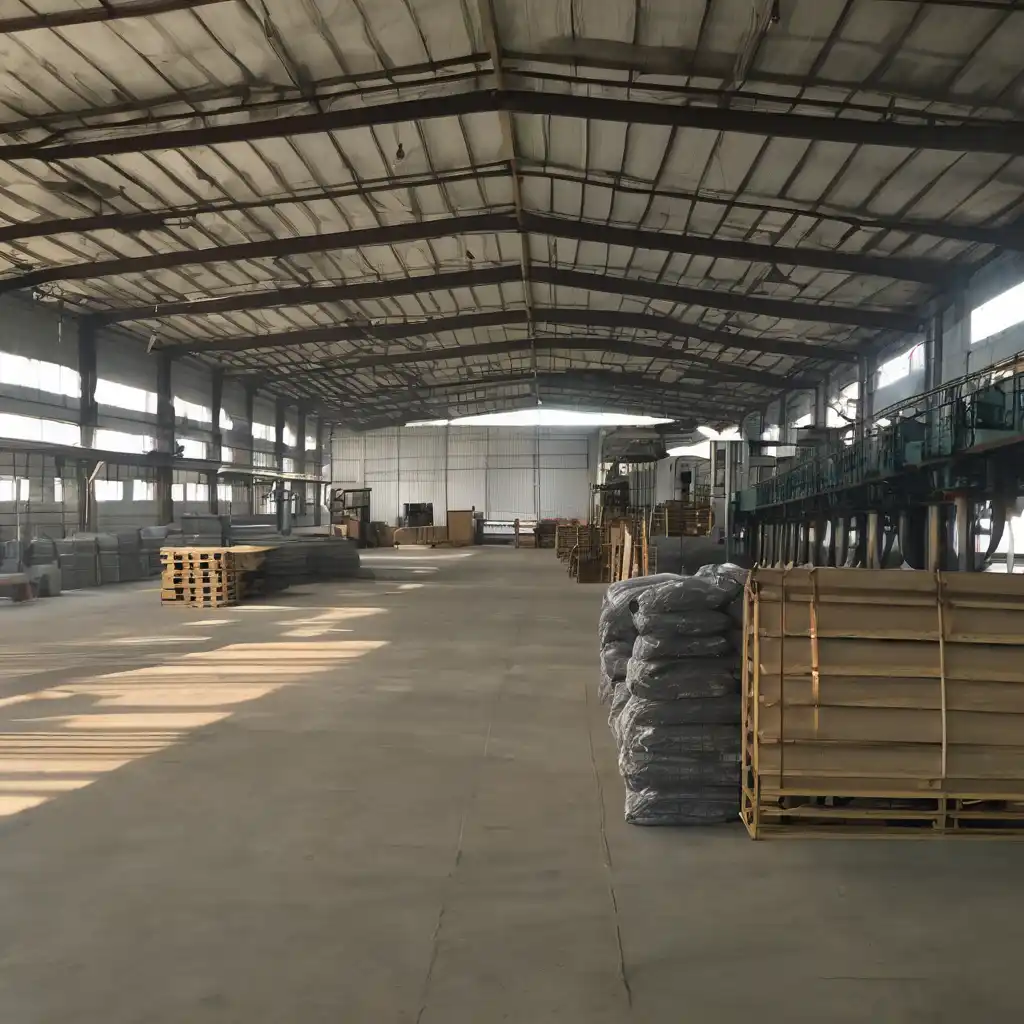Polyanionic cellulose (Poly anioniccellulose) abbreviation PAC, natural cellulose is prepared by chemical modification of water-soluble cellulose ether derivative, is an important water-soluble cellulose ether, usually used its sodium salt, widely used in oil drilling, especially in salt water wells and offshore oil drilling.
Polyanionic cellulose very versatile and can be applied to all sectors of carboxymethyl cellulose (CMC) can provide a more stable application performance. For example: in the textile industry as an alternative to the veil of starch sizing agent; 2 added to the pulp in papermaking, to improve the longitudinal strength and smoothness of the paper, to improve the oil resistance of the paper and ink absorption; 3 the chemical industry. for the preparation of soaps and synthetic detergents; 4 latex rubber industry as a stabilizer; 5 Furthermore, in coatings, foods, cosmetics, ceramic powder, leather and other chemical processing, as the thickness adjusting agent, an emulsion stabilizer , crystal formation inhibitors, thickeners, binders, suspending agents, water retention agents, dispersing agents.
"Polyanionic cellulose market research report" on the various angles polyanionic cellulose production technology, production status, applications, consumption structure and consumption of imports and exports, market prices, investment, and elaborate, and on this basis future market demand and market outlook for qualitative and quantitative analysis and forecasting
PAC also known as PAC, compared with other coagulants, has the following advantages: a wide range of applications, a wide range of water-based adaptation. Easy to quickly form large alum precipitation good performance. Suitable for a wide range of PH value (5-9 rooms), and post-treated water PH value and alkalinity decrease is small. Water temperature is low, you can still maintain a stable precipitation effect. Basicity than other aluminum, iron high, equipment for small erosion.
